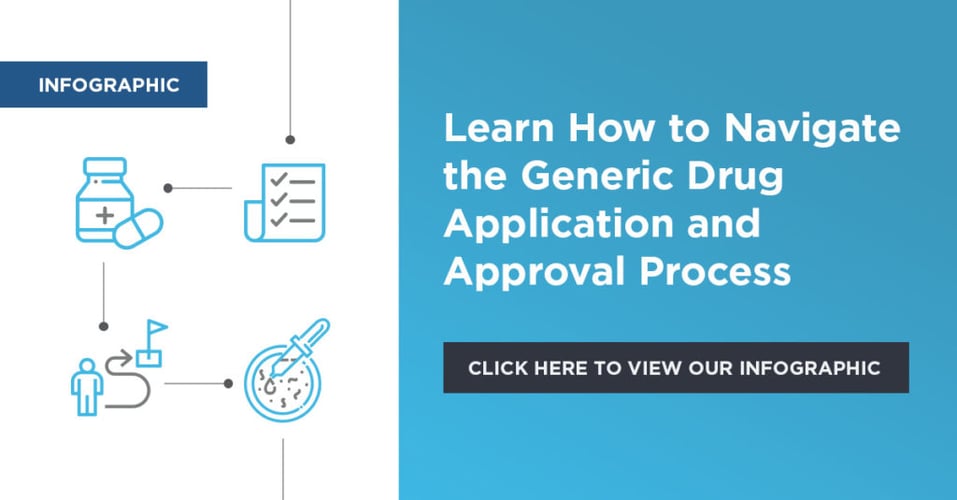June 1, 2021

June 1, 2021

Recent recalls of dozens of lots of the front-line blood pressure and heart medications including valsartan, losartan, and irbesartan are placing the spotlight on impurities in generic drugs. After inspections of certain factories in China, Slovenia, and India, the FDA found that the recalled drugs contained cancer-causing impurities.
Impurities are defined as substances inside a confined amount of liquid, gas, or solid which differ from the chemical composition of the material or compound. The presence of such unwanted substances, even in small amounts, could affect the efficacy and safety of pharmaceutical products. Impurities can be degradation products, residual solvents, or be an artifact of the manufacturing process.
While the FDA has yet to report the underlying causes of the impurities in the recalled products listed above, it is known that impurities—which can be found in branded and generic drugs—can come from the active pharmaceutical ingredient (API). They can also be introduced into the drug during the manufacturing process when adding inactive ingredients. Additionally, impurities such as arsenic and lead can leach into the drug substance and drug product from container closure systems or manufacturing equipment.
It’s difficult to avoid all impurities, but that does not mean that Sponsors shouldn’t make every possible effort to do so. To do this, there are a number of best practices that Sponsors can follow, which include:
It’s crucial that impurities be detected and quantified. One way to detect and quantify impurities is to run a high-performance liquid chromatography (HPLC) test. The HPLC can separate, identify, and quantify each component in the drug mixture. Ideally, all of the components will be identifiable on the HPLC graph, however any unknown impurities will still show up as a peak on the graph. Even though you may not know exactly what the impurity is, the results of the test will inform you that it exists and at what quantity.
Once the quantities are measured, they can be compared to specifications and quality standards. According to FDA guidance, there should be a specification for total impurities. If the total impurities exceed the specified level and the amount cannot be justified, an investigation into why the product failed the test should be triggered, which requires looking closely at the supply chain and manufacturing process.
Generic drugs must use the same API or drug substance as the referenced listed drug product. The same is true for inactive or excipient ingredients—they must also be identical to the referenced drug. However, there are exceptions allowed for such things as pH adjusters, buffers and preservatives; these are called exception excipients.
Even though the same active and inactive ingredients must be used, it is unlikely that the generic drug manufacturer will purchase those ingredients from the same supplier as the branded drug manufacturer because there can be many supplier options. This means that the generic drug manufacturer must take extreme care when selecting API and excipient suppliers.
When choosing a supplier, the Sponsor should examine the supplier’s facility, quality management system, manufacturing practices, manufacture and deliverable capacity, and documentation practices. These should meet or exceed the Sponsor’s current good manufacturing practice (GMP) system.
Additionally, the supplier selection team should examine the API supplier’s synthetic route, including: starting material, impurities, residual solvents, polymorphism, isomerism, manufacturing process and controls. This stage will help the Sponsor determine whether the controls implemented on the API and the API manufacturing process are adequate.
If the material will be used in products for the US market, the API and excipient suppliers should be aware of their responsibilities when it comes to impurities. However, drug Sponsors should not take this knowledge for granted. It is particularly incumbent upon Sponsors in the U.S. to educate overseas suppliers about FDA standards.
Periodic audits of the supply chain are an excellent way to keep the supply chain compliant. GMP audits and mock inspections keep suppliers on their toes and in line with the Sponsor’s quality systems. If a problem does surface, the Sponsor has time to correct the problem before a potential FDA inspection.
There are many potential sources of impurities (i.e. starting materials, degradation products, reagents, equipment). It is important to remember that when it comes to compliance with FDA regulations, the buck stops with the drug’s Sponsor. Regardless of which company is supplying the components or manufacturing those components into the final drug product, the application Sponsor is the entity that is liable for any non-compliance.
The stronger the Sponsor’s GMP, the more likely the manufacturing of their generic drug will be compliant regarding impurities. Additionally, following these best practices can help the Sponsor identify areas to evaluate for potential impact to product quality.
Are you in the process of developing a generic drug? Do you manufacture a generic drug product? We can help with all of your FDA-related needs concerning generic drugs. To learn more about our services and how we can help you, contact us today.
TAGS: Regulatory Sciences

December 10, 2024
On October 31, 2024, FDA issued its final version of the ICH M13A guidance for industry, titled “M13A Bioequivalence for Immediate-Release Solid Oral Dosage Forms”. This guideline provides...
March 31, 2015
Commonly during drug development, significant issues arise for which FDA input is desired but that do not merit a full face-to-face multidisciplinary milestone meeting. In many cases, sponsors are...
August 21, 2018
Generic drugs are immensely important to the U.S. healthcare system. These drugs account for 89% of the prescriptions dispensed in the United States. And, over the last decade, generic drugs have...